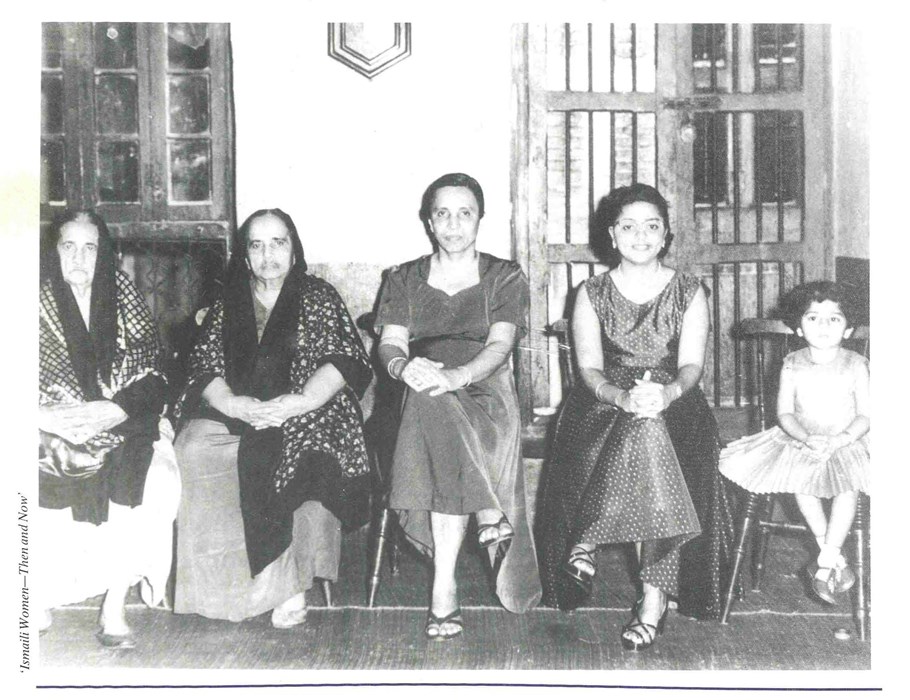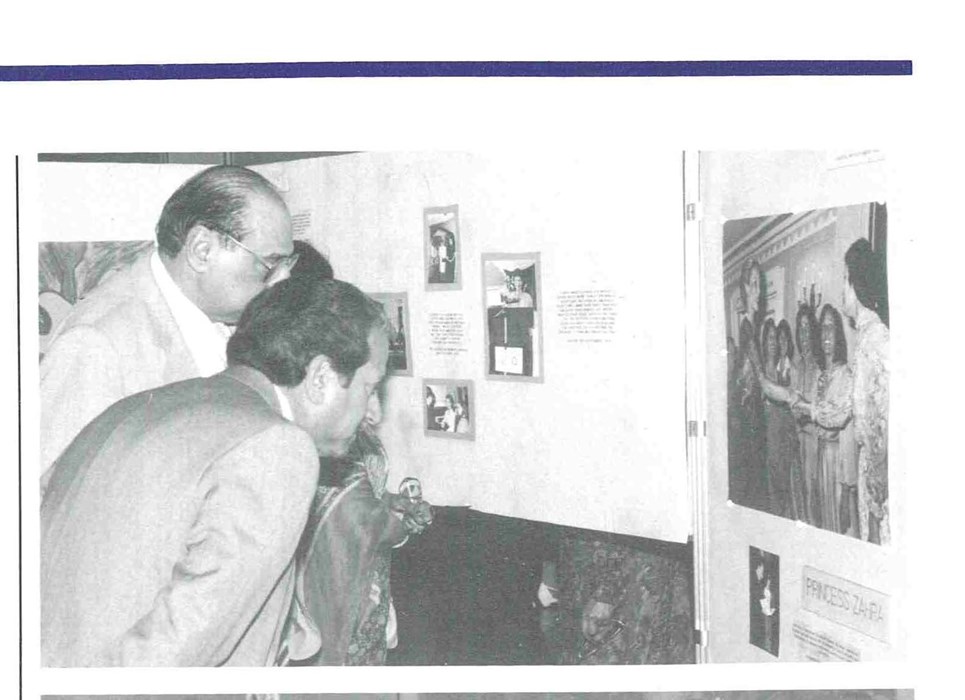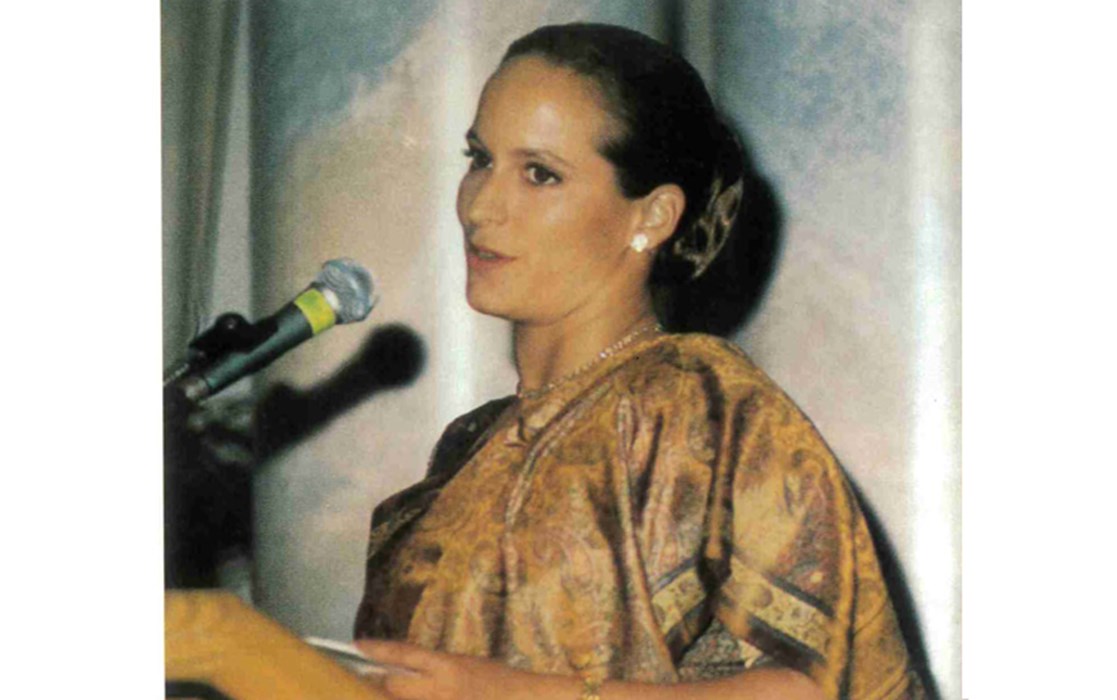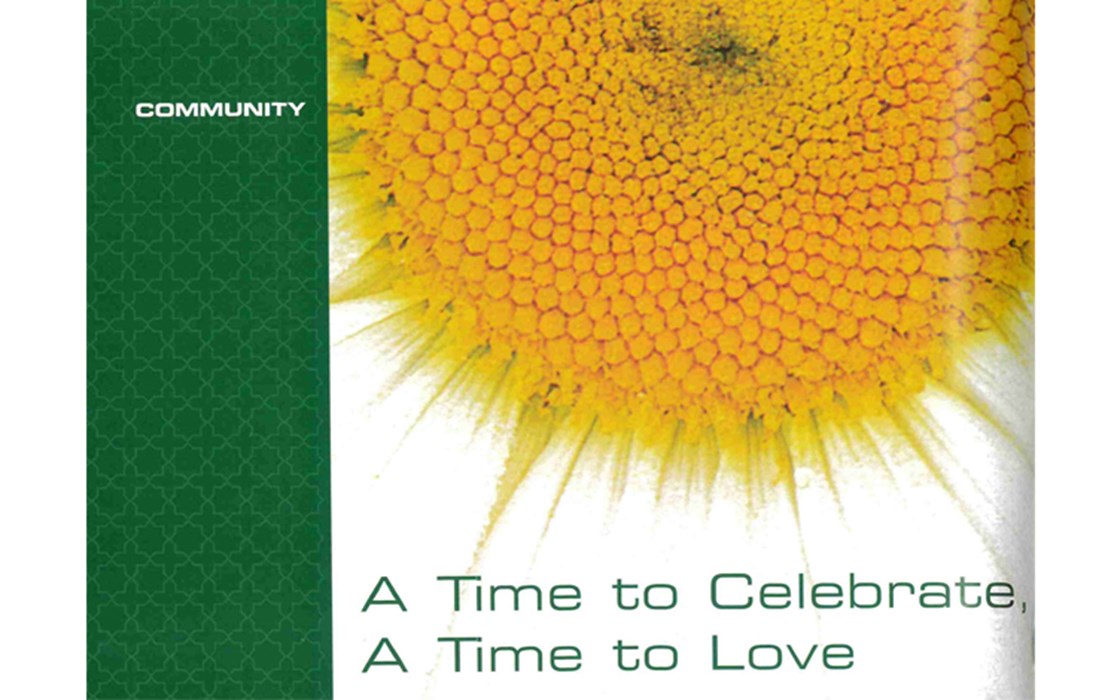A visit to the Ismaili Special Collections Unit for Women's History Month
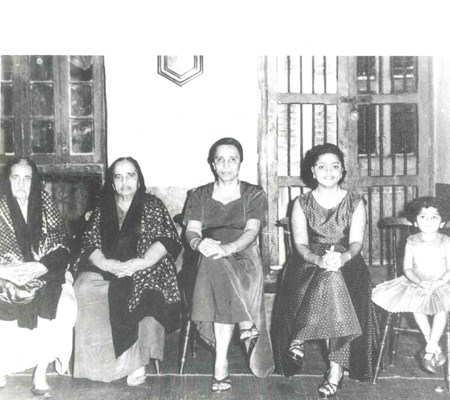
A photograph featured in Ismaili Women – Then and Now, an exhibition organised by the Ismailia Women’s Organisation at the Ismaili Centre from March 11-15, 1987. (Part of the February 1987 issue of the UK Ismaili Newsletter). © The Institute of Ismaili Studies.
In celebration of Women’s’ History Month, Naureen Ali (Cataloguer and Adlib System Officer, Ismaili Special Collections Unit) explores a selection of articles relating to women from Ismaili communities in the form of an imagined visit to the IIS Special Collections.
Upon your arrival, as you experience the beauty of the architecture at the Aga Khan Centre, which takes inspiration from features of Islamic art, I welcome you and take you to the Ismaili Special Collections Unit (ISCU) reading area, where those consulting our collections are usually seated. I tell you a bit about ISCU and its mandate, which includes preserving, studying and researching the range of special collections housed at the IIS. Your inquiry pertains to women’s stories and presence in the IIS archives, and if we could create an exhibition pertaining to women’s history in the Ismaili community.
While you are seated in the reading area, I bring out some examples from the archives which I have prepared for us. We can draw inspiration, for instance, from one of our exhibitions on the theme of Ismaili women in the 1980s titled, Ismaili Women – Then and Now. The examples are chronologically arranged, as follows.
Ismaili Women – Then and Now (Before the Exhibition)
The first pertains to Ismaili Women – Then and Now, an exhibition organised by the Ismailia Women’s Organisation at the Ismaili Centre from March 11-15, 1987, featured in the February 1987 issue of the UK Ismaili newsletter. The newsletter informs us that the aim of the exhibition was to provide a glimpse into Ismaili women’s lives, especially the transition involved in their migration from India to Africa and then to the West.
The exhibition included photographs, one of which is preserved in the newsletter we consult, and depicts the transition of women’s attire across five generations of one family which include the great great grandmother, great grandmother, grandmother, mother and daughter.
Ismaili Women – Then and Now (After the Exhibition)
I join you in your excitement of finding a glimpse of history in the archives. I point out to you that this is the beauty and joy of working with historical material, especially periodicals where we can witness an event unfold through the eyes of the author, and receive snapshots of their present, which is constantly changing. We remain touched by the realisation that what was a present event at the time has now become historical, helping us glimpse into the history of women from the Ismaili communities. We then proceed to see the next example from the April issue of the same newsletter published in 1987, which includes a photograph of visitors from the event as well as one of a drama presentation at Logan Hall in London that was part of the exhibition.
Princess Zahra Aga Khan’s speech for Aga Khan Foundation Canada Book Launch
Periodicals also cover events relating to AKF such as this launch in Ottawa of a book, co-published by AKFC and UNIFEM entitled, Speaking out: Women’s Economic Empowerment in South Asia. The article in the March 1997 issue of the Ismaili UK preserves the speech made by Princess Zahra Aga Khan who highlights that “one of AKDN’s aims is to honour the Islamic tradition of structuring society around the equality of women”. She mentions that women make up the majority of the world’s poor and need economic as well as overall empowerment. Princess Zahra explores the experiences of women from the developing world, stating “the woman of the developing world is strong. She works hard and gains little. She is a world expert on poverty, frugality, selflessness and domestic tragedy. She is also an expert on resourcefulness, courage and perseverance.”
She goes on to emphasise one of her learnings, that women at the grassroots must lead the empowerment process and decide what empowerment means for them at a pace and a style of their own as they themselves know their needs and local realities better than anyone else.
A nostalgic remembrance of Nawruz
I proceed to show you the next example I have prepared for you which relates to transitions experienced by women as well as their reflections. In this article from the March 2004 issue of the Ismaili UK, Professor Nacim Pak-Shiraz explores what she describes as a nostalgic remembrance of some of the elements that she associates with Nawruz based on her experiences in Iran.
"Nawruz is the excitement of finding the right goldfish, amongst thousands and thousands of others swimming in rows of aquariums lining the fronts of street shops. It is the wet Persian carpets proudly showing off their intricate patterns and exquisite detail as they dry out on rooftops across the city.”
While she reflects on her memories of Nawruz of the years past, she recognises that nature’s message of rejuvenation in her current world still rings true in the scent of Spring, the singing of birds and the shafts of sunlight through the trees.
With an exploration of some of these examples from the periodicals housed at the IIS, we discuss how the upcoming exhibition could shape up. I highlight that these are but a glimpse into the vastness of stories relating to women from the Ismaili communities in these collections, which would no doubt include a range of women’s’ experiences from different parts of the world which are home to Ismaili communities. Given the range of articles on women present in the archival collections at the IIS, I suggest we might title such an exhibition, Ismaili Women – Then, Through the Years, and Now.
Visit the ISCU online catalogue to find catalogued information on close to four thousand items related to special collections housed at the IIS.

